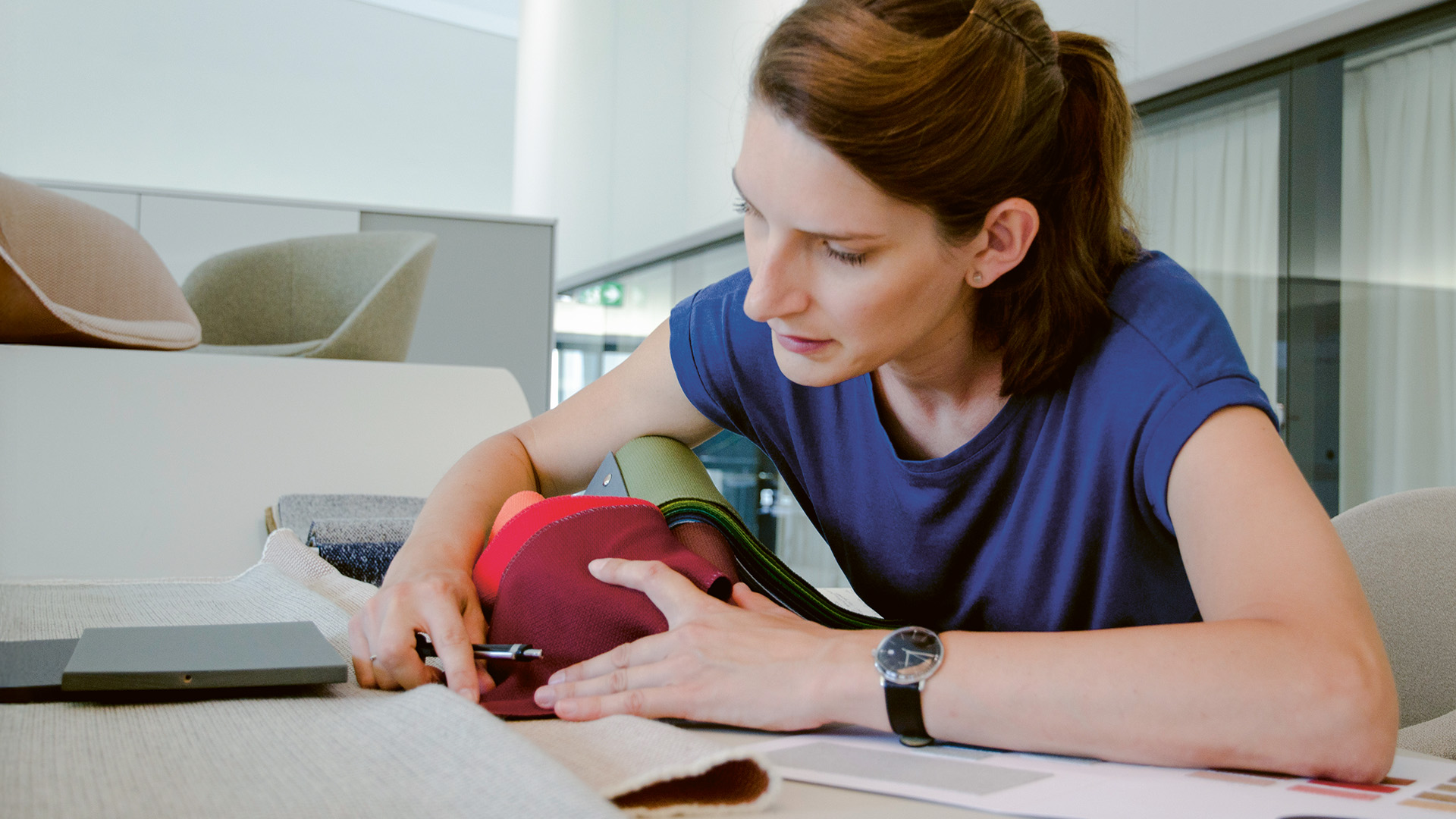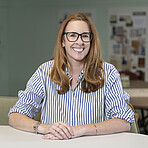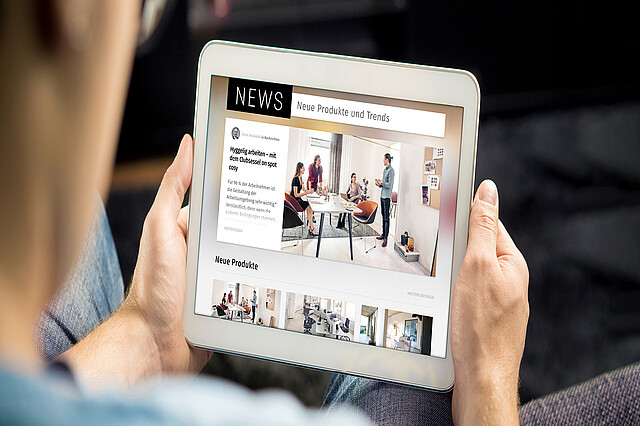In an interview with industrial designer Judith Daur, we find out what trends influence her work and what challenges she must overcome in her creative process every day.
Judith, how did you get into product design? Particularly in the field of office furniture?
I was already enthusiastic about architecture and design in my youth. That is why I studied industrial design at Darmstadt University of Applied Sciences. In my diploma thesis, I focused extensively on the topic of retreat and communication in the workplace. This is where my passion for designing furniture in the working environment began; it offers the challenge of complying with standards, taking ergonomics into consideration and has a high technical demand, which appeals to me personally.
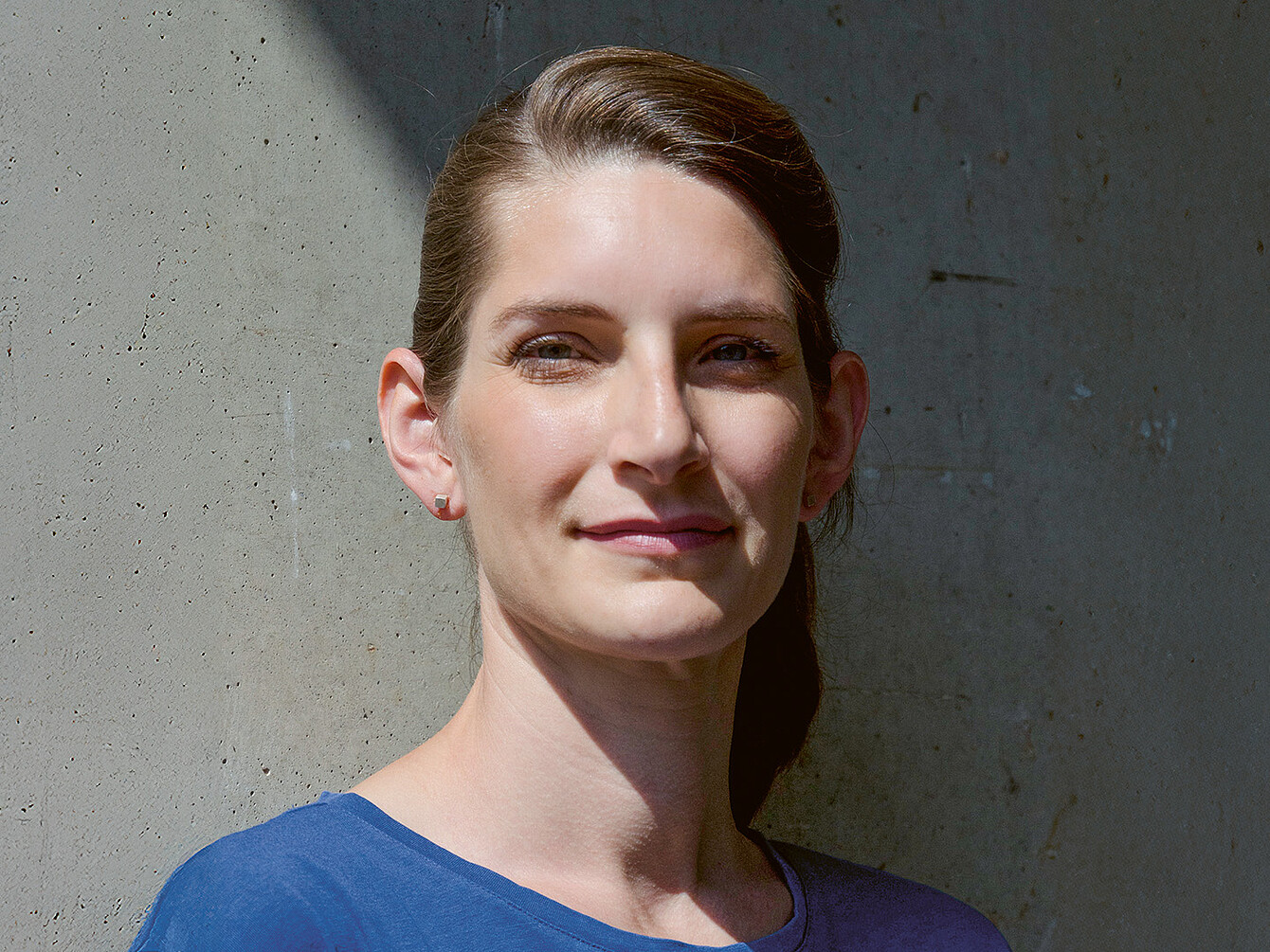
Inspiration from the world – and beyond
At Sedus, you support the selection of new fabrics, fabric collections and materials for the office, among other things. Where do you get your inspiration from?
We work closely with external colour and material experts who have developed essential colour and material trends. In addition, home furniture fairs, everyday situations, travelling and nature are valuable sources.
But I also like to draw inspiration from architecture; Alvar Aalto and Mies van der Rohe are great role models for me here. They combine natural and high-quality materials in an outstanding way.
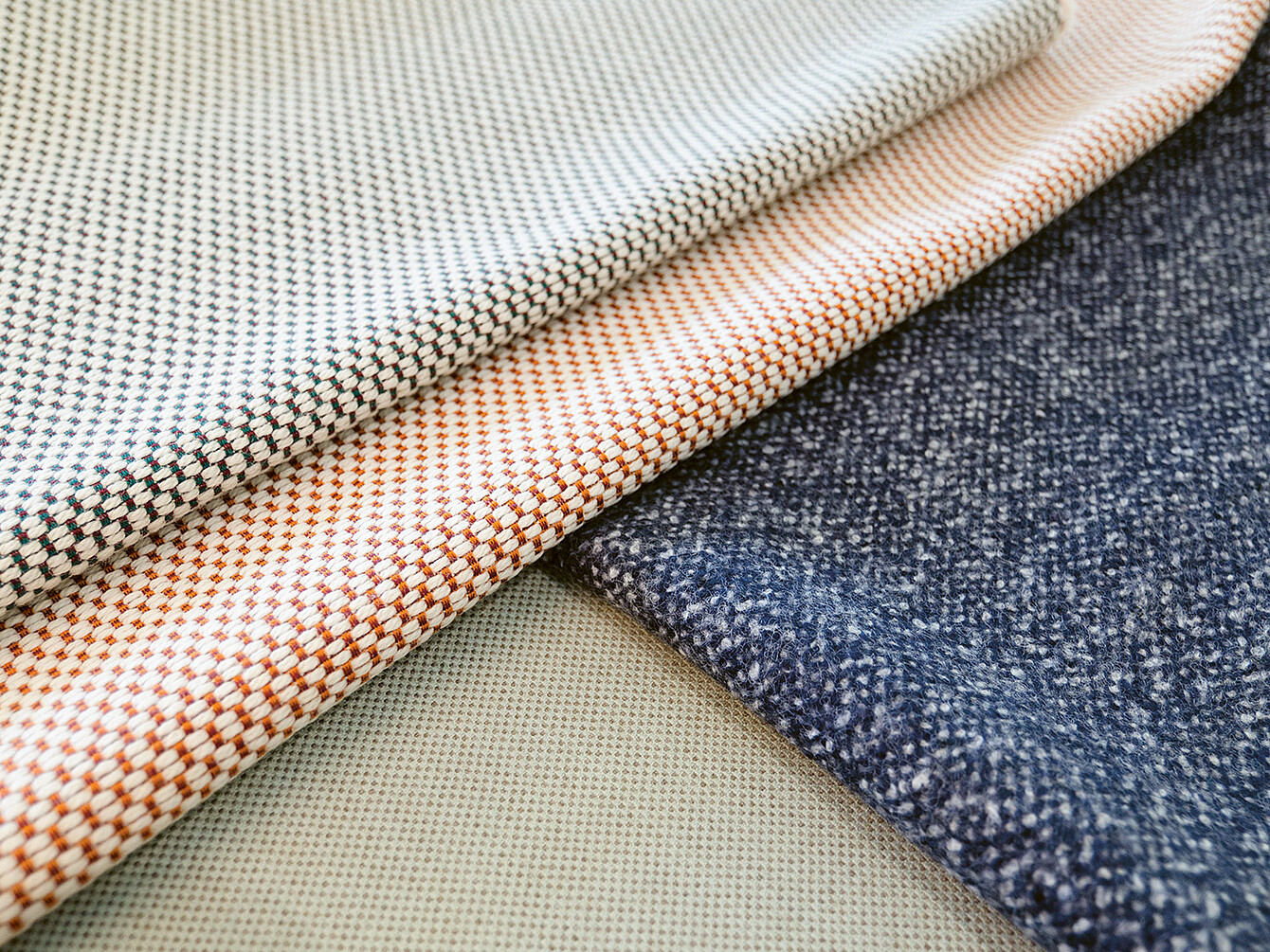
Judith personally favours material combinations that appeal to all her senses. The launch of the current collection opens up numerous new possibilities.
From analysis to selection – a structured process
How did you go about selecting new fabrics and materials in the past? Can you take us through the process?
We started by analysing our fabric portfolio, which is divided into price groups. Within a price group, the fabrics have to fulfil different functions, simply put: the entry level is performance-driven, the premium class is design- and quality-oriented. The aim was to create a portfolio that was as varied as possible in terms of design, price and performance. Our team, which included my colleagues from Design and Purchasing, identified a need and spoke to people inside and outside our company who have an affinity for fabrics.
Trend research by our external colour and material experts and visits to trade fairs gave us a direction. We then ordered, viewed and evaluated numerous samples.
A narrow selection of materials such as powders and fabrics were then subjected to extensive stress tests in our test laboratory, independent of supplier specifications, to ensure our quality.
What criteria were most important to you when selecting the fabrics and materials in the context of the new “Work Café” meta-theme?
Structure, haptics, visually perceptible feel, naturalness as well as an elegant colour palette and homeliness, as our products are also becoming increasingly used within the home. The choice fell on fabrics that work on both vertical and horizontal surfaces, for seating and soft seating, thus enabling a consistent design.
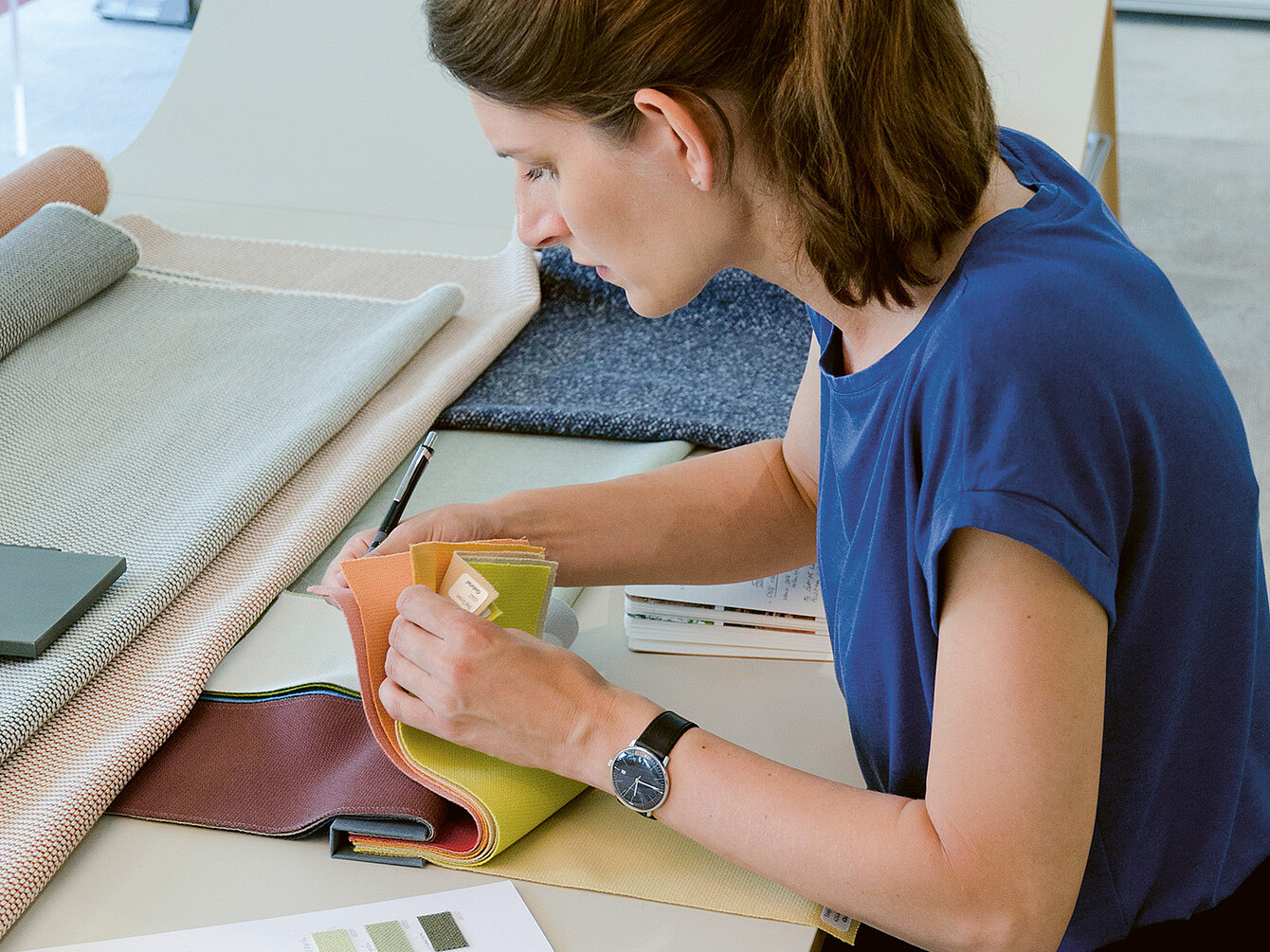
Future trends between nature and technology
What future material or textile trends will influence the office furniture industry?
In the coming years, we will increasingly come across materials whose natural and sustainable message will be clearly visible and tangible. These materials will not only be functional, but will also have an emotional impact on us – as a contrast to the growing digitalisation of our everyday lives. In addition, technical materials, such as flame-retardant or dirt-repellent textiles, will combine more and more functions.
What developments have influenced you personally recently?
Sustainability is a development that will be unavoidable to not consider in the future. In the world of office furniture, too, the topic is becoming increasingly tangible and visible – social acceptance of the consequences of sustainable design is growing all the time.
In addition, the integration of technology is becoming even more natural, invisible and intelligent. However, this dematerialisation also promotes the need for products and spaces that appeal to our senses more than ever before. This is how I explain the trend towards structures and large patterns and the increased use of colour, even in the office.
Conclusion: fabrics and materials that tell stories
Working with fabrics and materials is much more than a purely aesthetic decision – it is a creative, analytical and often emotional process. In her work at Sedus, Judith Daur brings all these aspects together: technical expertise, creative sensitivity and a good sense of trends. With her passion for natural materials and her ability to combine function and atmosphere, she is providing important impetus for the further development of office environments that are both functional and emotionally appealing.
The interview with Judith Daur was first published in the Sedus LOOKBOOK N° 02. You can receive the full issue of the magazine, by email, here.
social media channels:
